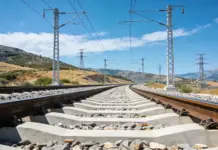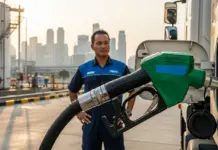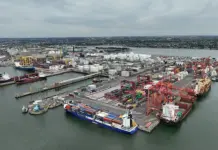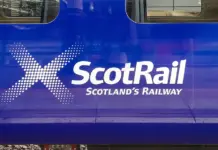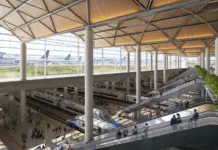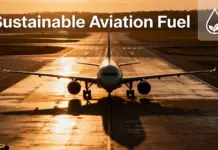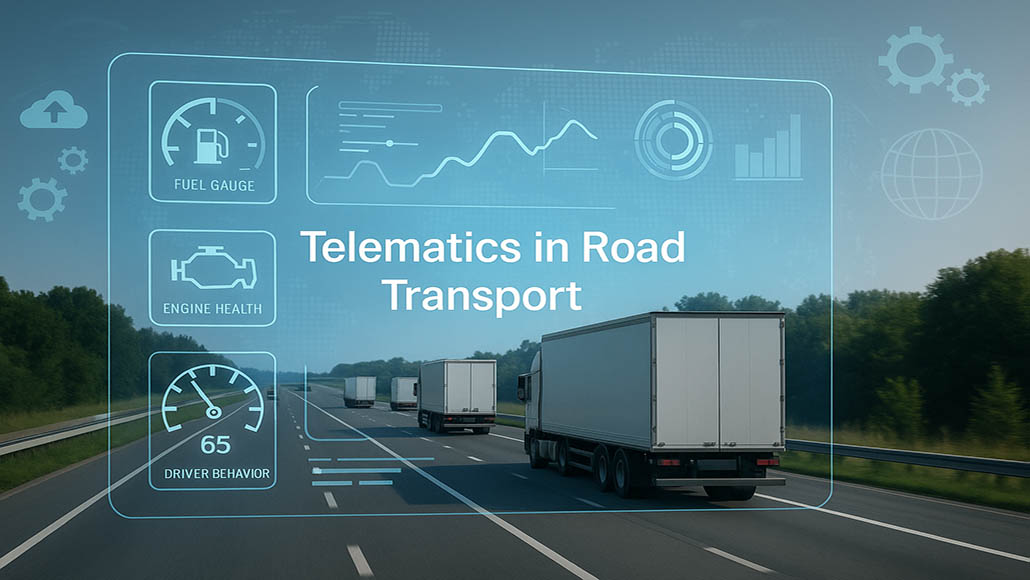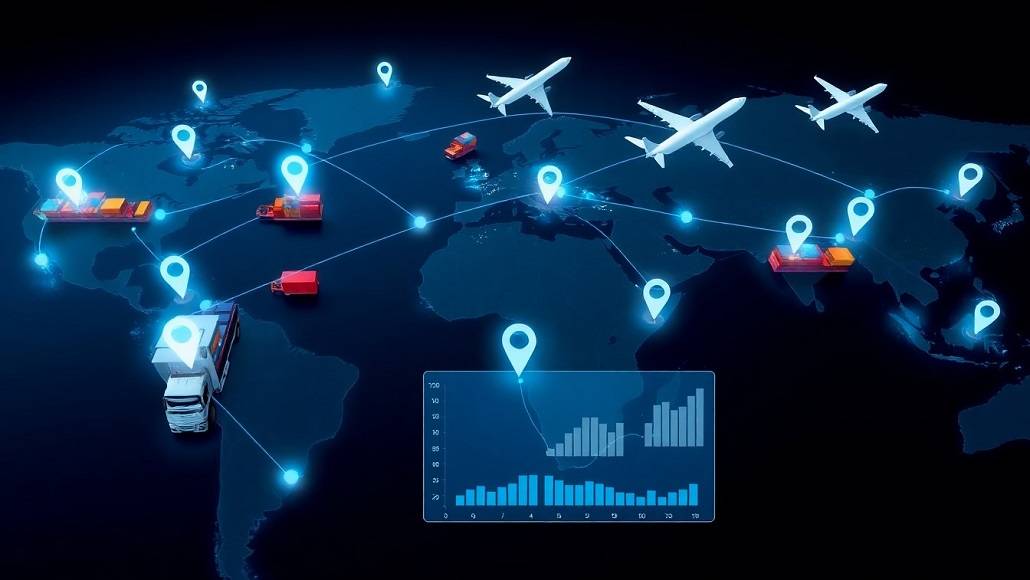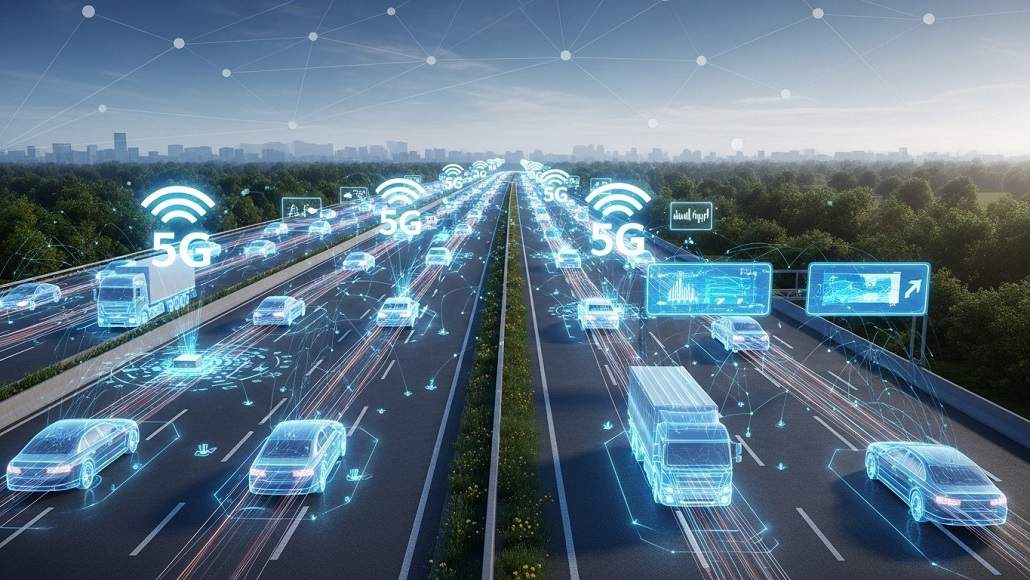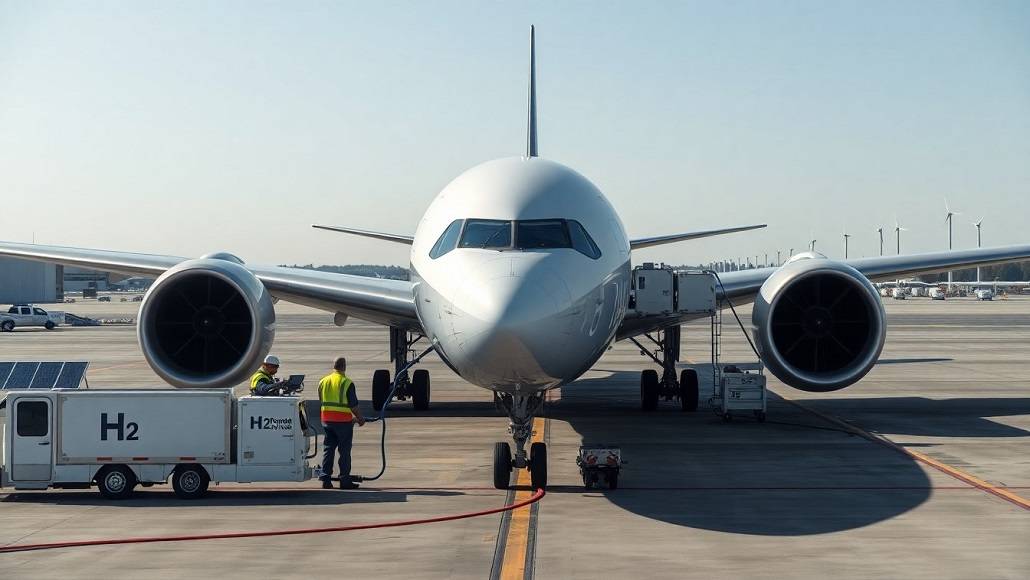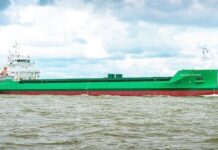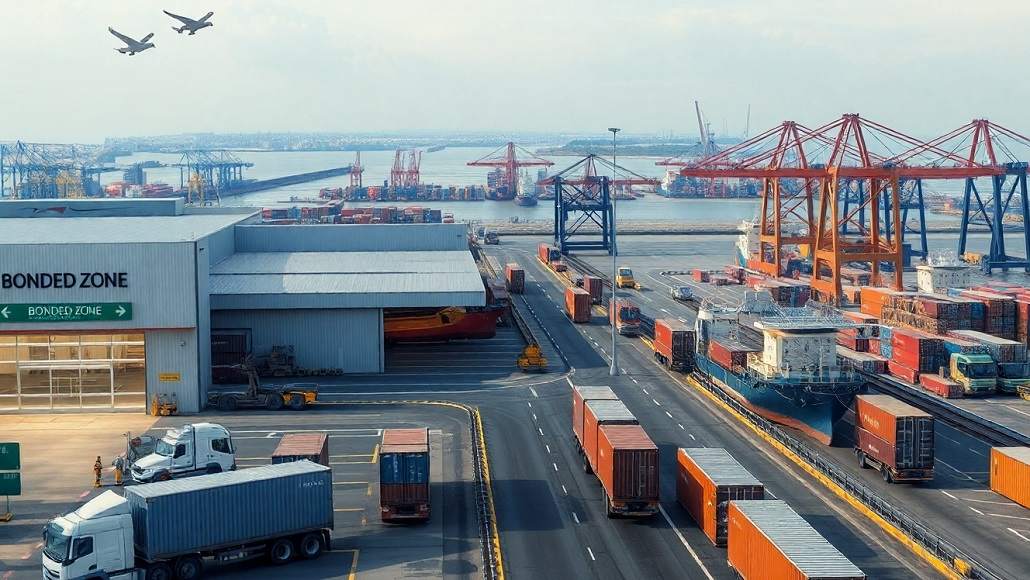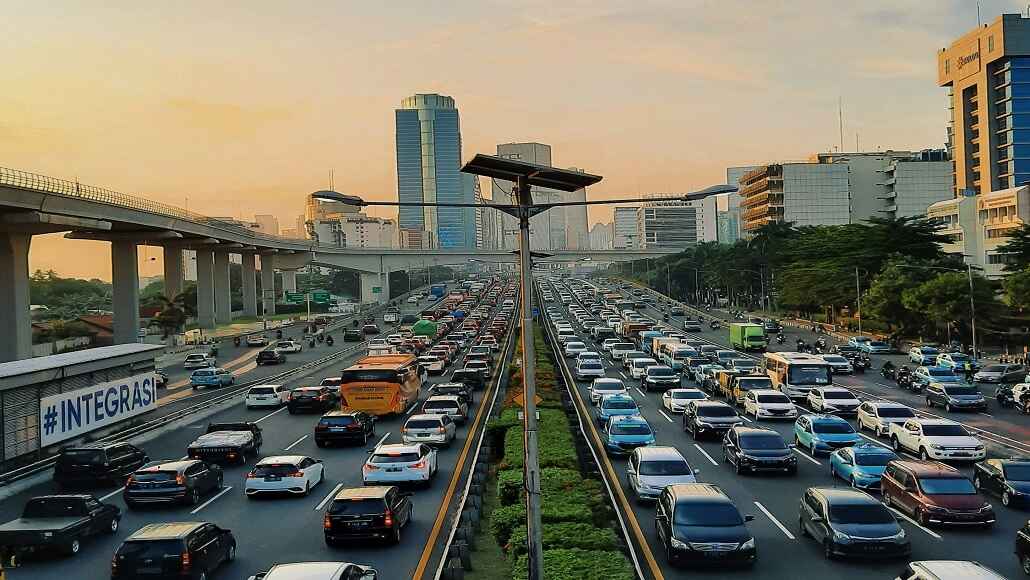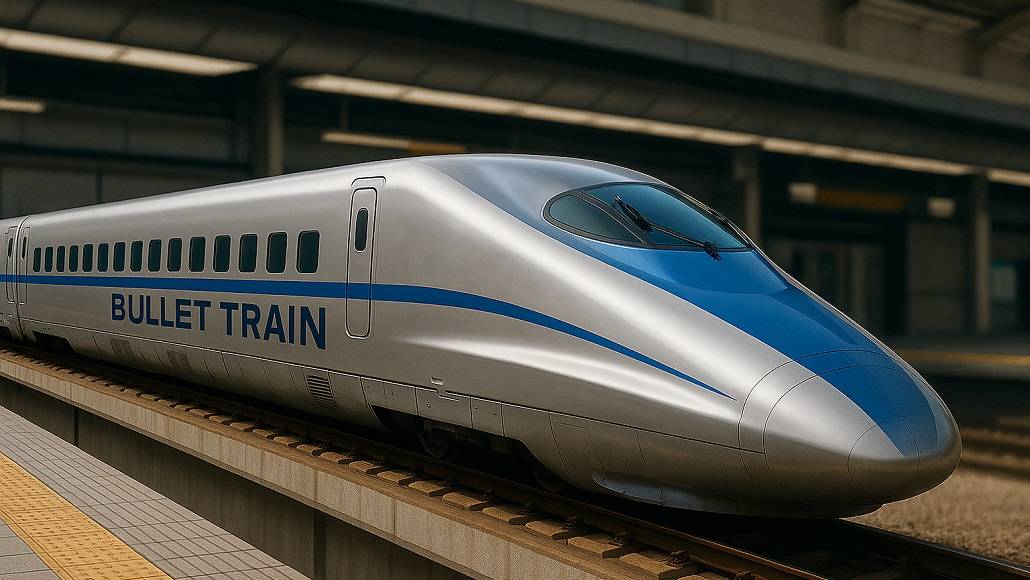India’s first bullet train project will debut its commercial operations in Gujarat by December 2027, Railway Minister Ashwini Vaishnaw told the Parliament. The entire Mumbai-Ahmedabad corridor of the project will be operational by December 2029. This announcement provides a precise timeline for the ₹1.08 lakh crore infrastructure project.
The 508-kilometre Mumbai-Ahmedabad High Speed Rail project has achieved great progress, with ₹78,839 crore having been utilised up to June 30, as per the written response of the minister in the Lok Sabha. The date of completion, however, is subject to completing the civil works, track laying, electrical, signalling, telecommunication, and delivery of the trainsets, the minister cautioned.
Major Construction Milestones
This ambitious Bullet Train project encountered initial setbacks, most significantly delays in acquiring land in Maharashtra, which delayed the progress until 2021. Those challenges have since been addressed, with all 1,389.5 hectares acquired and required environmental and regulatory clearances, including wildlife, forests, and coastal regulation zones, obtained.
The corridor runs through Gujarat, Maharashtra, and Dadra & Nagar Haveli. Construction work is progressing steadily, with 392 kilometres of piers built, 329 kilometres of girders cast, and 308 kilometres of girders launched, according to the sources. Construction of a 21-kilometre undersea tunnel section has also commenced.
The project will connect Mumbai, Thane, Virar, Boisar, Vapi, Billimora, Surat, Bharuch, Vadodara, Anand, Ahmedabad, and Sabarmati in its twelve-station route.
Partnership with Japan
The most significant pillar of the India bullet train project is its partnership with Japan. The Japan International Cooperation Agency is funding 81% of the total expenditure, or about ₹88,000 crore, while the remaining amount is provided by the Ministry of Railways and the Maharashtra and Gujarat state governments.
The collaboration goes beyond financing, with Japan agreeing to provide its next-generation E10 Shinkansen trainsets. The Press Information Bureau says the trains will be rolled out simultaneously in India and Japan, in an indication of a stronger bilateral partnership. The entire corridor utilises Japanese Shinkansen technology, which is designed for speeds up to 320 kilometres per hour.
Future Expansion Plans
The scope for additional high-speed rail corridors beyond Mumbai-Ahmedabad to connect major commercial and tourist centres is under study of The National High Speed Rail Corporation Limited. Railway Minister made it clear that any such expansion would depend on technical feasibility, financial viability, traffic demand, and funding availability.
“Commercial operation of MAHSR project involves an affordable fare structure for the services, taking into account the socio-economic conditions of the clientele,” the minister added.


